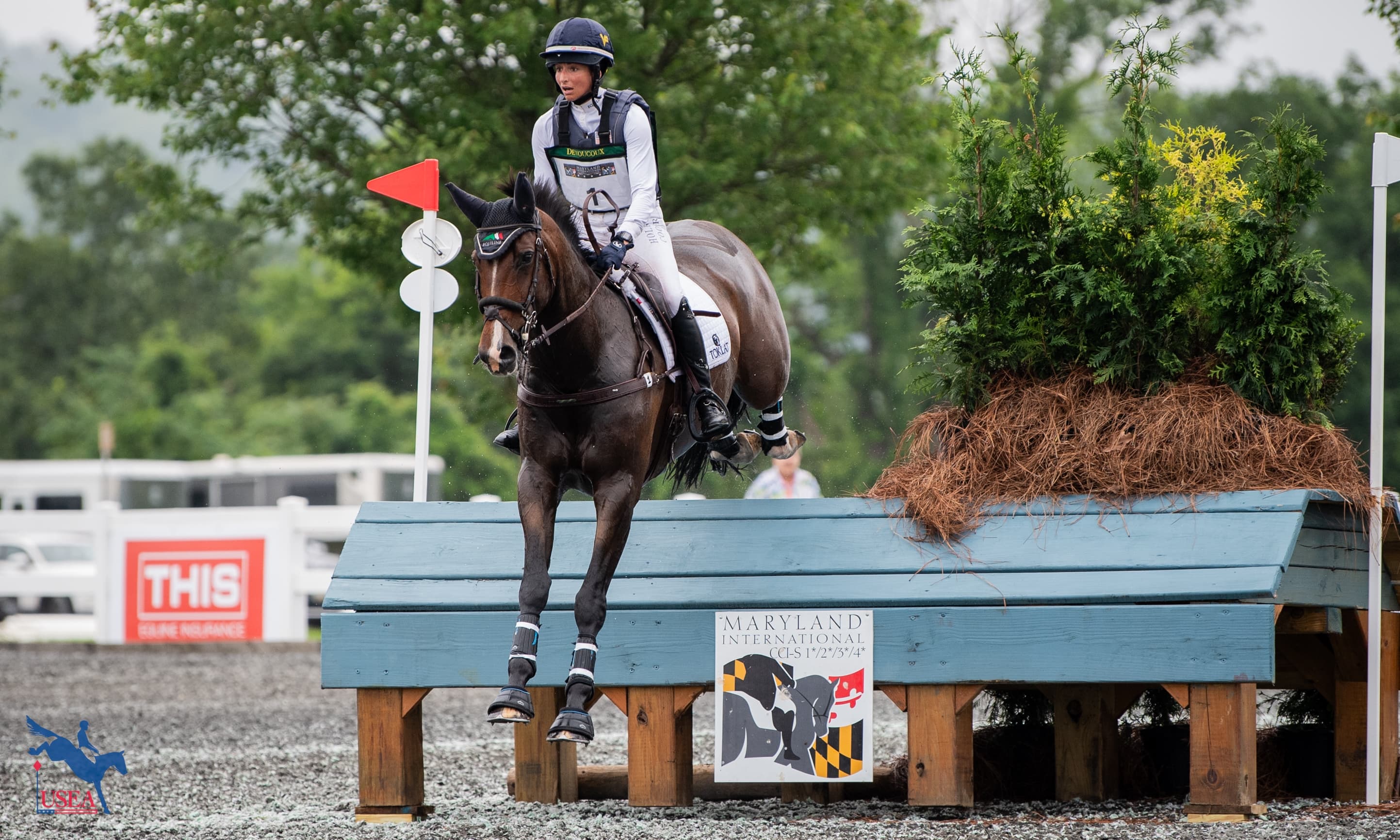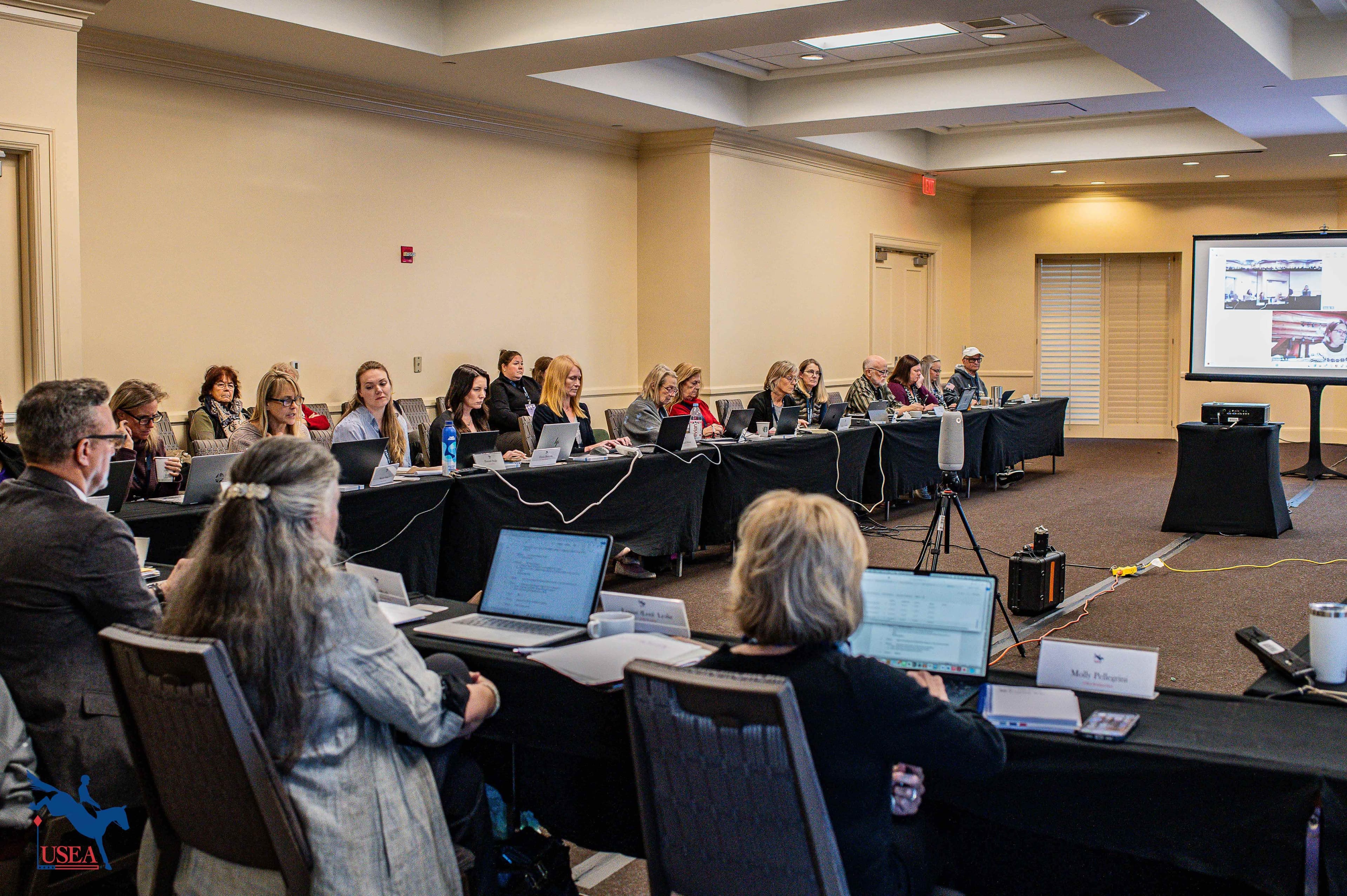Memories from the Vet Box with Phyllis Dawson
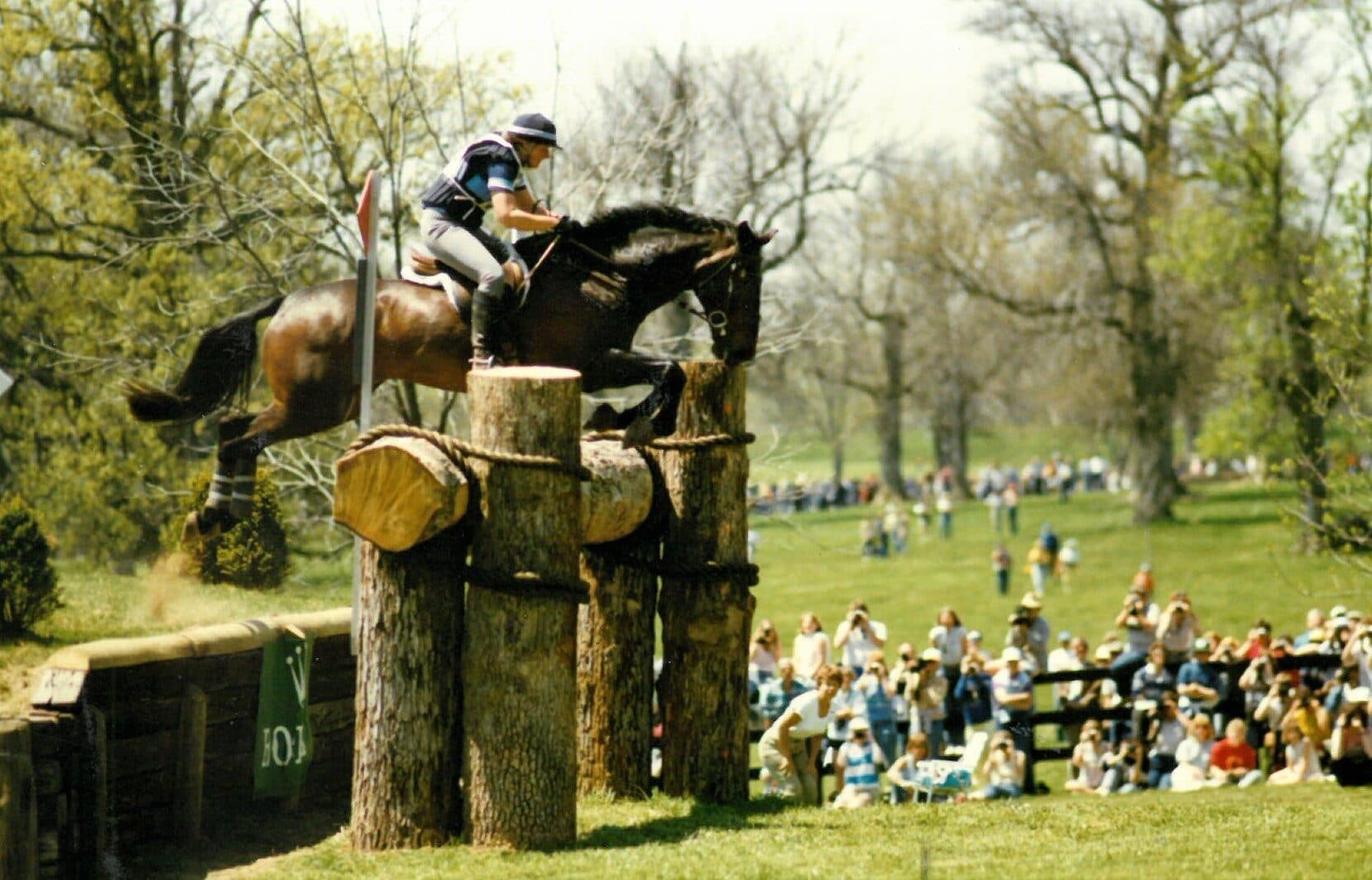
“An experience of a lifetime,” Phyllis Dawson described of her time competing at the 1988 Olympic Games in Seoul, Korea. Dawson and her horse Albany II were the highest placed U.S. pair and finished 10th individually in the Seoul Olympic Games.
Before her exceptional performance at the Olympics, Dawson first made her international debut at Boekelo CCI3* (now CCI4*-L) on Mountain High in 1985. Two years later, she placed second at the Chesterland CCI3* on Albany II. The following year, in 1988, she and Albany II placed sixth at the Olympic Selection Trials held at the Kentucky Three-Day Event. This sixth-place finish earned her a spot on the U.S. Eventing Team for the 1988 Olympic Games.
Although Dawson competed with countless horses at the highest levels of eventing, it was her Olympic partner who she considers her horse of a lifetime. “Albany II was the sweetest, dearest horse in the world, and always tried 100 percent to do what he was supposed to do. He was not the fastest horse but was a super jumper. He was never naughty, and always did his best.”
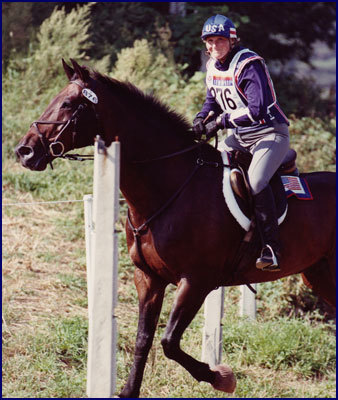
From the feelings she felt going down the centerline in dressage to the relentless challenges of endurance day, Dawson shared her memories from the 1988 Olympic Games. “I will never forget the feeling of riding around the outside of the dressage arena just before beginning my test, and looking up at the big scoreboard and seeing my name in lights: Phyllis Dawson, Albany II, USA. As I turned up the centerline, I was thinking, ‘This is it! I am actually riding at the Olympics!’ It was the culmination of many dreams. It was a pretty emotional moment, and it made me feel so proud to be there, riding in the Olympics, representing my country. I rode into that arena feeling on top of the world, and Albany put in the best test of his career. We finished the dressage phase in 10th place.”
“We walked the cross-country [course] five times, learning every twist and turn on the course,” said Dawson. “The course was lovely. Like many Olympic courses, it was twisty and hilly, with roped galloping lanes that wound around the venue. The entire track of the course was lined with cosmos, blooming in purple, pink and white, which had been planted along the sides of the galloping lanes. To this day, whenever I see cosmos blooming, I think of the cross-country course in Seoul.”
Dawson further explained the types of jumps seen on the cross-country course. “The jumps were big, needing a bold horse, and there were quite a few accuracy questions as well. In those days the courses were much less technical than now, but very big and very upright.”
“What I remember most was the distance. For Phases A and C combined, the roads and tracks, we had to do a brisk trot at 240 meters per minute for an hour and a half. The steeplechase was four-and-a-half minutes on a figure-eight sand track, and Phase D, the actual cross-country, was over 13 minutes. It was a huge test of endurance for the horses.”
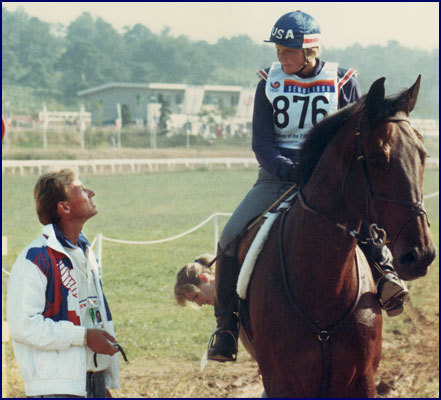
“Albany was the 10th horse to start on course. We managed to find our way around the first roads and yacks with no mishaps, all of the directional markers still in place. My coach and teammate Bruce Davidson was at the start of steeplechase [phase B], and he gave me valuable advice on how it was riding. The track was hilly, and the sand footing was tiring for the horses. The course went around the circular track, then crossed the diagonal and changed directions, then went around the whole circuit twice more. It seemed like the longest four and a half minutes of my life! The fences were big round banks of brush, some with ditches in front, and most jumped in both directions. Albany jumped great, and when I checked my watch we were right on time at all the minute markers - we ended up finishing two seconds under the time.”
“Phase C, the second roads and tracks, seemed endless, but eventually we made it to the vet box. Chef d’Equipe Michael Page, team veterinarian Marty Simensen, Bruce Davidson, and most of the other riders were all there to tell me how the course was riding and offer assistance. The lengthy course and demanding terrain were taking their toll. When I was in the vet box, nine horses had started the course ahead of us, but none had yet finished it. This trend continued throughout the day; there were few clear rounds.”
On a team with Bruce Davidson, Karen O’Connor (née Lende), and Ann Hardaway, Dawson was the trailblazer for the team which made her the first U.S. rider out on course. “As I walked into the start box, I thought that this has to be the most important day of my life. It was time for the countdown - I punched my stopwatch – 3-2-1-GO! We were off and running.”
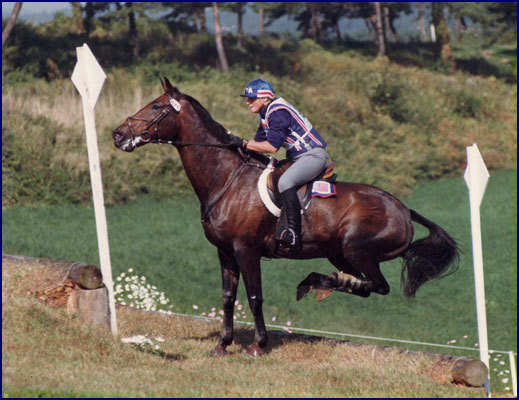
After Dawson and Albany II completed the 13-minute cross-country course, Dawson remembers the team of supporters at the finish. “I asked permission to dismount and weigh in – and then everyone [was] there – Michael, Bruce, Jineen, my mother – we are all hugging and kissing and I’m crying and everyone was telling Albany how wonderful he was.”
“Albany and I had the ride of our lives, and we didn’t have a single bad fence. When I galloped through those finish flags, having jumped clear, the feeling was incredible - definitely one of the highlights of my life. We had time penalties, but Albs couldn’t have jumped better. My score was good enough to retain my 10th place standing.” Albany and Dawson just had one rail down the following day, on show jumping day, and finished 10th individually at the 1988 Olympic Games.
Dawson went on to compete in the Kentucky Three Day-Event over 20 times and completed the Burghley Horse Trials several times. She won long format three-day events including Radnor, Essex, North Georgia, Checkmate, and Bromont. She won the Advanced division at Morven Park Horse Trials a total of six times, and she has countless wins on all types of horses. Dawson represented the United States Equestrian Team again in 1997 when she rode in the Open European Championships at Burghley with Snowy River. A clear fast cross-country round helped her finish 19th out of a field of over 90 starters.
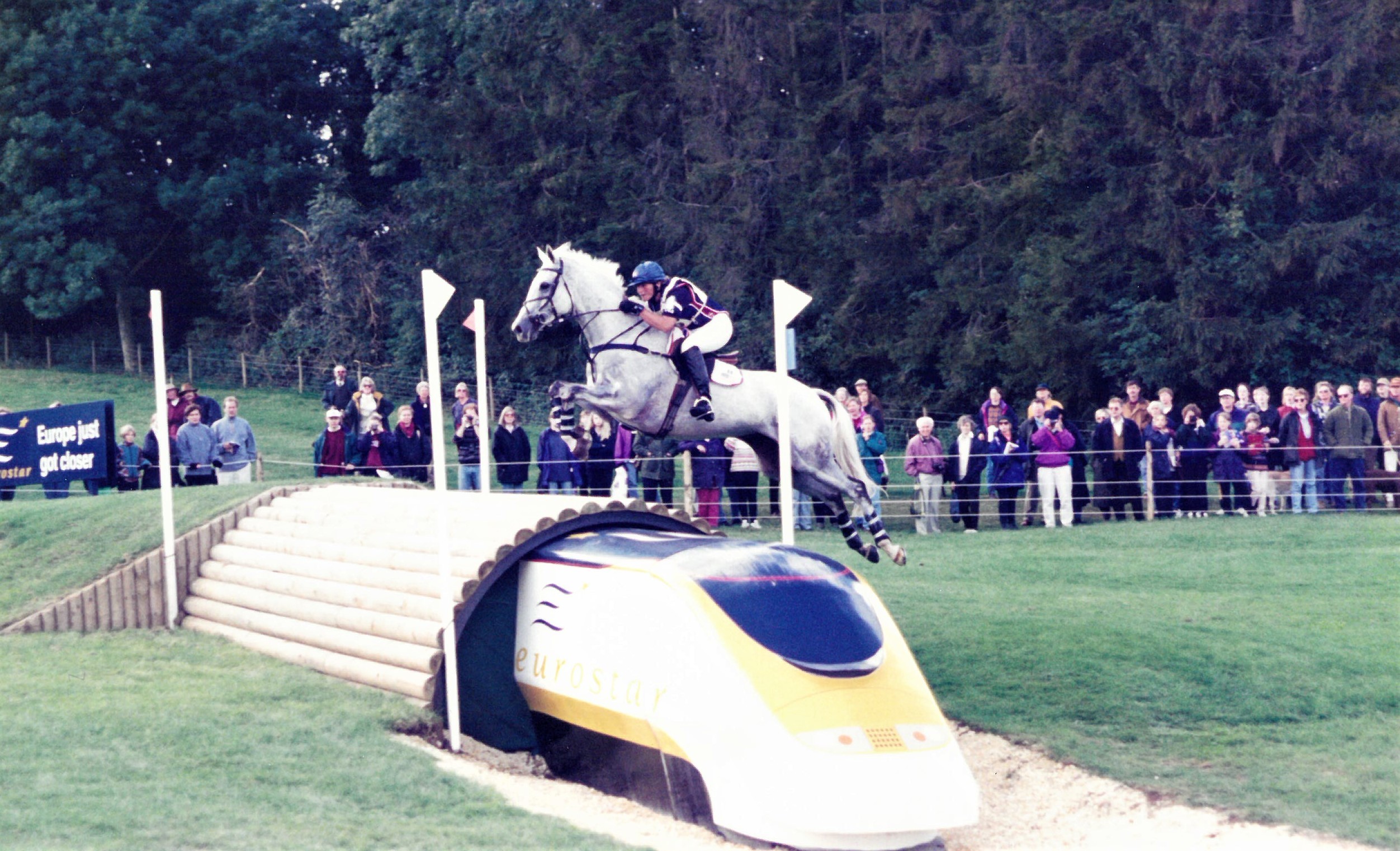
Throughout Dawson’s eventing career, the sport of eventing underwent several modifications, including the removal of the long format at the upper levels in the early 2000s. Before that, several subtle modifications to the long format occurred in the early 90s. Dawson explained, “The thing about the old long format, back in the 1980s, was just the sheer length of it. In 1988 in Seoul, for instance, we had 90 minutes of roads and tracks (phases A and C combined), a four-and-a-half-minute steeplechase, and a 13-minute cross-country [course]. In those days, it was not uncommon to be riding a tired horse by the time you started cross-country - that was not a good feeling. But then, in the 1990s, they modified it a bit. Still in the long format, they made the distances a little shorter, slowed the speed on roads and tracks from 240 meters per minute to 220 meters per minute, added the C-box after steeplechase to give the horses a little recovery time. This gave the speed and endurance test the balance it needed, and made it a complete but fair test. A lot of people (that are younger than me) don’t realize how different the long format was back in the 1970s and 1980s compared to how it was when they ended it and replaced it with today’s format.”
“In many ways, I miss the long (or classic) format, as it was a great test of endurance and horsemanship. But on the other hand, if having the modern three-day format allows the horses to compete a little more often and have longer careers, then that is definitely a good thing. The sport has changed, and the courses are much more technical and demanding, and the standard has been raised in all three phases. So, on the whole, at the upper levels, I think it is better for the horses to not have all of the extra pounding. But at the [lower] levels, I think there is great benefit in having the riders experience the old-style long format with the steeplechase and roads and tracks. This is also beneficial for many of the horses.”
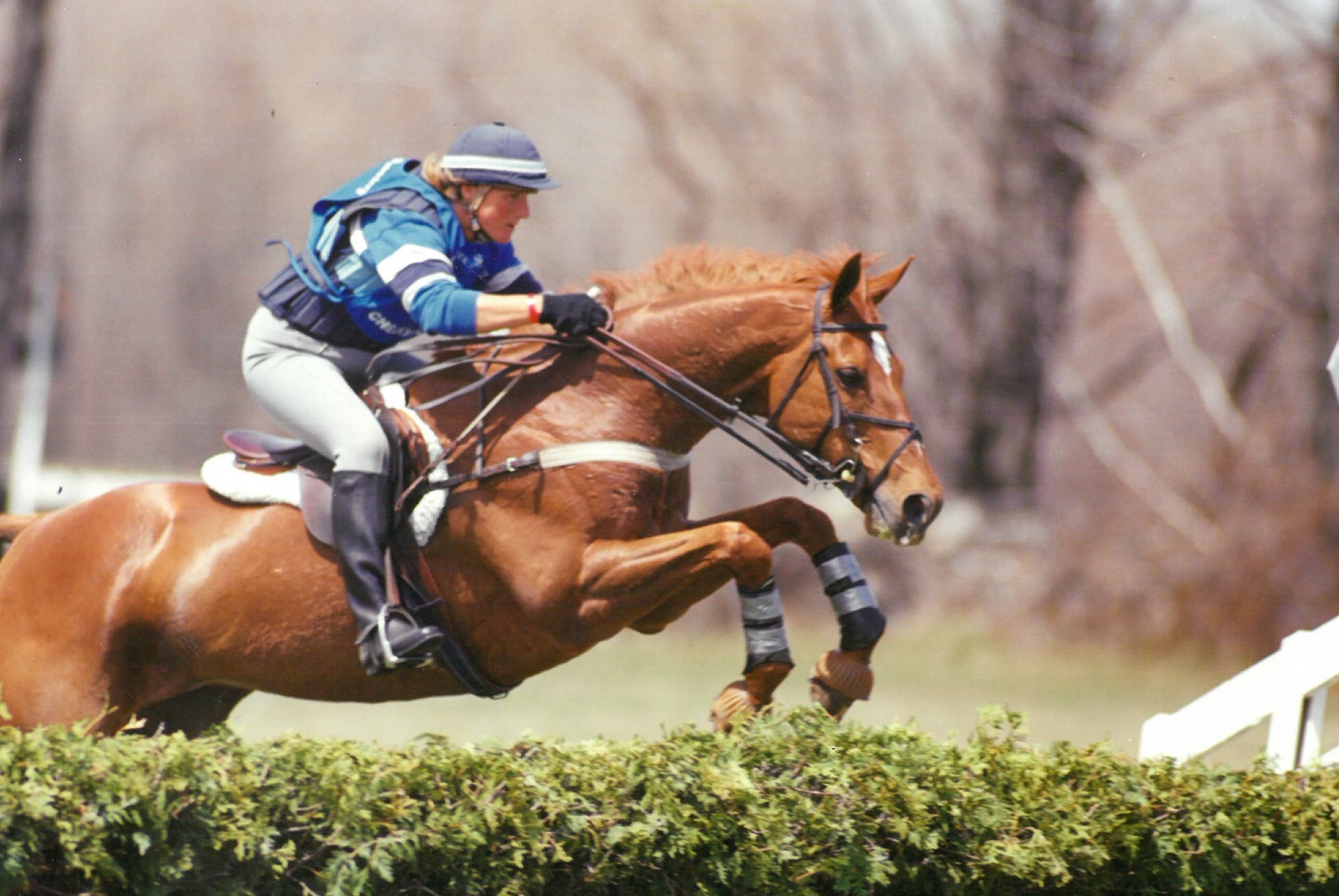
While the long format was removed in the early 2000s, the USEA Classic Series offers the full experience of endurance day (with steeplechase included) at the Preliminary level and below. Dawson explained the benefits in the USEA Classic Series format. “The thing about the steeplechase is that it teaches the riders to ride forward. To meet the fences going, and to balance the horses without necessarily taking back. This is a skill that I think a lot of the riders coming up today are lacking in. I think many of them would benefit greatly from doing the steeplechase and feeling how much better their horses jump on cross-country after doing so. This is also true of many of the horses. I remember how much a horse’s cross-country performance would change, usually for the better, after doing their first (long-format) three-day event.”
Lastly, Dawson ended with her thoughts on how the sport has evolved over the years. “The sport has changed, and so has the type of horse that excels at it. In the old days, the scrappy Thoroughbred who would run and jump all day but wouldn’t do a good dressage test could still place well, and often times win. Though the cross-country test at a CCI-L is still a big test of fitness and speed, the endurance factor is slightly less, so the horses with less Thoroughbred blood and more Warmblood can excel, as they are generally better in the dressage, and often the show jumping as well.”
“But having said that, the main reason the horse that is not good in all three phases is not so competitive anymore is just that the level of the sport has risen. There are now so many horses and riders who are good in all three phases, so if you are not, you have not got much chance to be at the top of the leaderboard.”
Want to experience the thrill of the chase much like Phyllis Dawson? Click here to learn more about the USEA Classic Series!
About the USEA Classic Series
The USEA Classic Series keeps the spirit of the classic long format three-day events alive for Beginner Novice through the Preliminary levels. Competitors can experience the rush of endurance day, including roads and tracks, steeplechase, the vet box, and cross-country, as well as participate in formal veterinary inspections and educational activities with experts on the ins and outs of competing in a long format three-day event. Riders who compete in a USEA Classic Series event during the year will have the chance to win a variety of prizes at the events from USEA sponsors.
The USEA would like to thank the Bronze Sponsors: FITS, SmartPak Equine, and Stackhouse & Ellis Saddles and the Contributing Sponsors: Parker Equine Insurance and Bates Saddles for sponsoring the USEA Classic Series.

